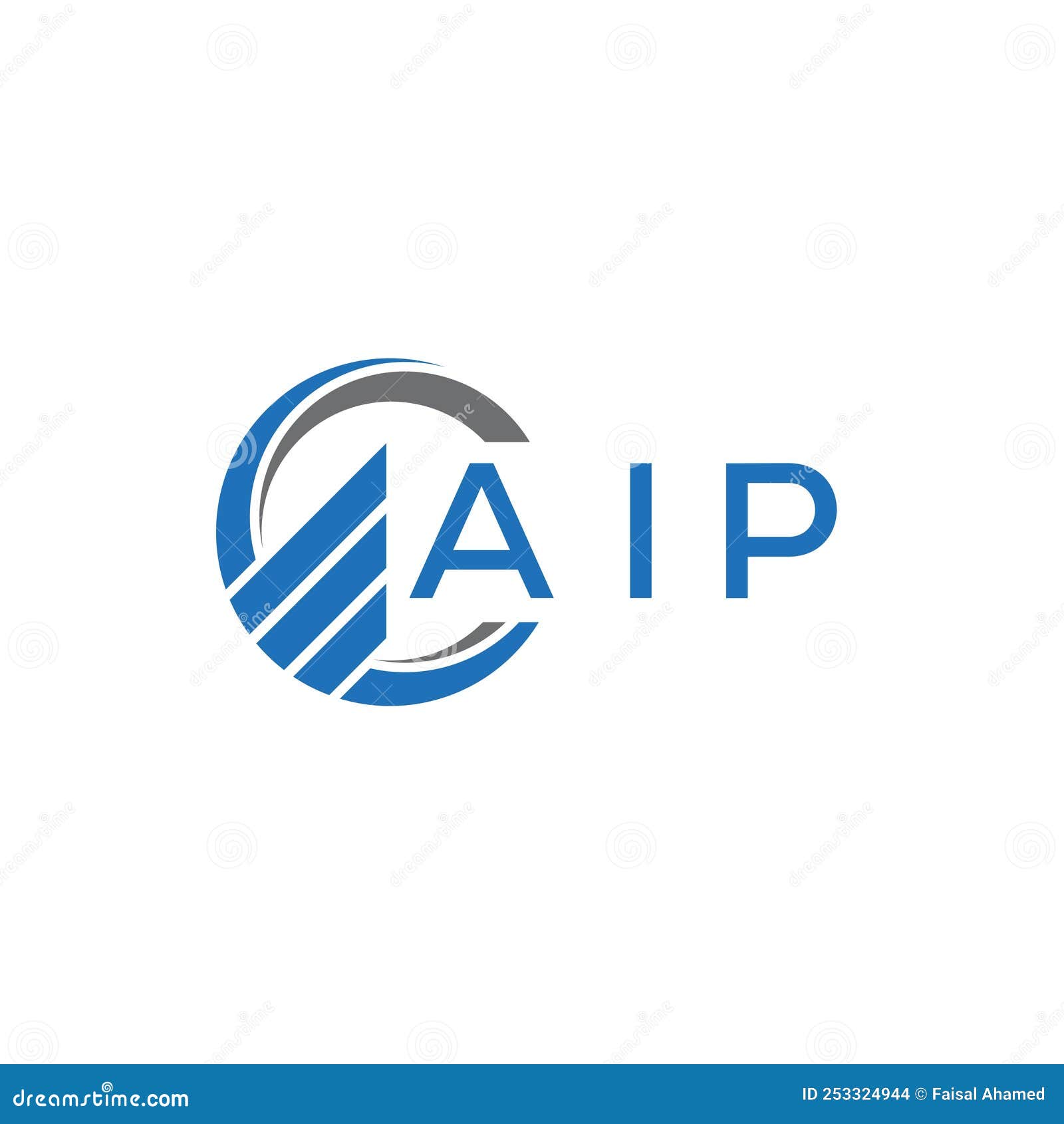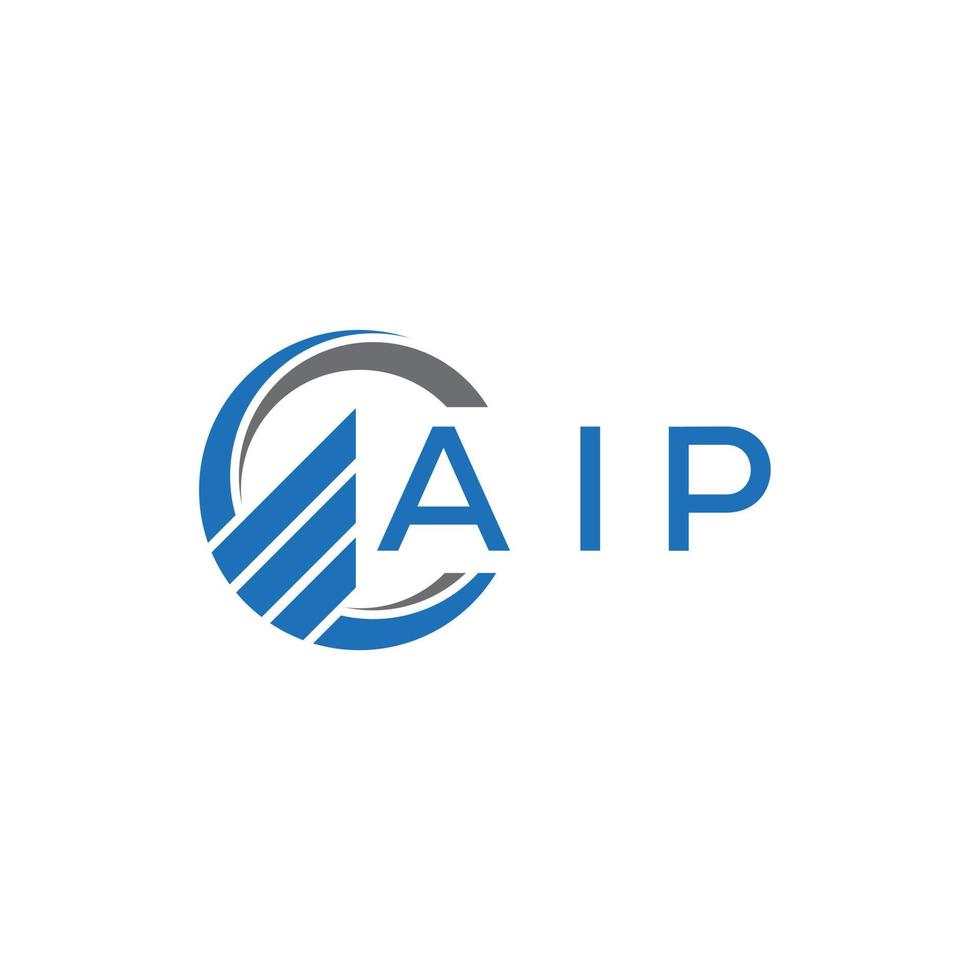AIP in finance stands for “Accredited Investment Professional.” It is a designation for professionals with expertise in investment products and compliance.
Navigating the world of finance requires not only skill but also trustworthiness; obtaining the AIP designation is one way that finance professionals demonstrate their commitment to both. Designed primarily for those working within the investment sector, the AIP credential is a sign of in-depth understanding of financial instruments, regulatory standards, and ethical practices.
Earning such accreditation often entails rigorous coursework and exams, ensuring that AIP holders have the necessary knowledge to advise on securities and investment strategies sagely. As the financial landscape grows ever more complex, the AIP designation helps clients and employers identify financial advisors and investment representatives who have a proven record of proficiency and integrity.
Intro To Aip In Finance
Automated Investment Plan (AIP) is a strategy in finance. It allows investors to contribute money to an investment account at regular intervals. It’s a way to buy assets over time. You might know it as “dollar-cost averaging”. It is popular among people who want to invest without much stress.
The Concept Of Aip
AIP stands for Automated Investment Plan. This plan helps people invest money regularly. Imagine you put money into your investment every month. This is an AIP in action.
With AIP:
- You decide how much money to put in.
- You choose how often to invest (like monthly).
- Your money buys more when prices are low.
- Your money buys less when prices are high.
This makes investing simple and can help you build wealth over time.
How Aip Differs From Lump-sum Investing
AIP is different from putting a big amount of money into an investment all at once. This single investment is called “lump-sum investing.”
Here’s how they differ:
| AIP Investing | Lump-Sum Investing |
|---|---|
| Small amounts over time | One big amount at once |
| Can lower risk | Higher risk if timing is bad |
| Good for beginners | Better for experienced investors |
| Don’t need a lot of money to start | Need a lot of money upfront |
AIP can be easier for many people. It helps you invest without guessing the best time to buy. This can make investing feel less scary for new investors.

Credit: www.dreamstime.com
Benefits Of Automated Investment Plans
Investors often seek ways to grow their wealth with ease and consistency. Automated Investment Plans (AIPs) offer a strategic approach to investing without the hassle of making manual contributions. Here are some key benefits of embracing AIPs in your financial strategy.
Dollar-cost Averaging Advantage
Dollar-cost averaging is a standout benefit that AIPs provide. Let’s break down how this advantage works in an investor’s favor:
- Purchases more shares when prices are low.
- Smoothens out the average purchase price over time.
- Reduces the impact of market volatility on investment.
- Contributes to potential long-term growth in wealth.
Building Discipline In Saving
AIPs help in cultivating a disciplined saving habit. By automating the process, investors stand to gain:
- Consistent investment without emotional or impulsive decisions.
- Greater focus on long-term growth over short-term market movements.
- Convenience of regular contributions without manual effort.
- Empowerment to reach financial goals through consistent saving.
Setting Up An Aip
Welcome to your financial future with Automated Investment Plans (AIP). Let’s set one up.
Choosing The Right Platform
Investing made easy starts with the right platform. Your platform should be secure, user-friendly, and have good reviews. Look for low fees and plenty of investment options. Important points to consider:
- Security is top. Pick a platform that protects your money.
- It should be easy to use. You don’t want to struggle every time you invest.
- Fees can add up! Look for low-cost choices.
- Customer service matters. Quick help can save stress.
Determining Investment Intervals
Setting the beat for your investments can build your wealth. Decide how often to invest. Here’s how to determine the best interval:
- Monthly: Consistent and manageable. Matches with most pay cycles.
- Quarterly: Less frequent, might let you invest more each time.
- Annually: One big investment a year. Requires discipline.
| Interval | Pros | Cons |
|---|---|---|
| Monthly | Builds habit, less impact from market swings | Smaller investments |
| Quarterly | Balance of frequency and investment size | Moderate market impact |
| Annually | Larger investment chunks | Needs careful planning |
The Impact Of Aip On Portfolio Performance
Exploring the world of finance, we find tools that enhance investment stability and growth. One such tool is the Automated Investment Plan (AIP). AIP can significantly influence portfolio performance. Let’s delve into its impact, especially concerning risk management and the potential for long-term growth.
Risk Minimization
Implementing AIP strategies leads to risk reduction in investment portfolios. This process spreads out purchases, limiting exposure to market volatility. Consistent contributions towards investments, typically on a monthly basis, enable investors to buy more shares when prices are low and fewer when prices are high. This method is known as dollar-cost averaging.
- Dollar-cost averaging smooths out the impact of market swings.
- Regular contributions reduce the temptation to time the market.
- Consistency in investing combats emotional trading decisions.
Long-term Growth Potential
AIP harnesses the power of compounding interest, which is crucial for long-term growth. By automatically reinvesting dividends and gains, investors can increase their holdings without additional effort. Over time, these reinvestments can lead to exponential growth in the value of the portfolio.
| Year | Investment Value | Compounding Effect |
|---|---|---|
| 1 | $1,000 | Initial Investment |
| 5 | $1,500 | Growth Without Additional Funds |
| 10 | $3,000 | Substantial Growth with Compounding |
A small initial investment grows over time with AIP. This shows AIP’s potential for long-term wealth accumulation.
Challenges And Considerations In Aip
When diving into the concept of Automated Investment Plans (AIP), it is crucial to tackle certain challenges. Investors must consider these aspects for a fruitful finance strategy. Now, let’s explore some of the difficulties you might encounter with AIP.
Market Timing Concerns
Market timing is a challenge in any investment strategy. It involves predicting market moves. With AIP, the steady investment approach can help. But it’s not flawless. You might invest just as the market dips. This isn’t all bad, though. Dollar-cost averaging spreads risk over time. It means you don’t buy all your shares at a high price.
Adjusting Aip Strategies
AIP is not a ‘set it and forget it’ plan. You must keep an eye on it. Regular reviews are necessary. This ensures your investments align with market changes and life goals. Flexibility in your AIP can make a big difference.
- Rebalance your portfolio when needed.
- Change contribution amounts as your financial situation shifts.
- Consider different investment vehicles if goals change.

Credit: www.financialworkshopkits.org
Expert Insights On Aip Trends
AIP, or Automated Investment Planning, is a fast-growing phenomenon in the finance world. This system makes investing easy for everyone. Tech is changing how we invest. Let’s dive into the latest AIP trends that every savvy investor should know.
Adoption by retail investors Adoption by retail investorsRetail investors are embracing AIP in big numbers. Here’s why:
- No big cash needed: Invest with small amounts.
- Easy and automatic: Set it and forget it.
- Smart: Helps in building wealth over time.
Charts show more people join AIP every year. It is a hot trend in 2023.
Technological advancements facilitating AIP Technological advancements facilitating AIPAIP is smarter thanks to new tech. Here’s how:
| Tech Feature | Benefit to AIP |
|---|---|
| AI | Makes smarter money choices. |
| Apps | Investing on-the-go is easy. |
| Data Analysis | Finds the best invest time. |
With these tools, AIP is becoming the top choice for modern investors. It makes growing money simpler and smarter.

Credit: www.vecteezy.com
Frequently Asked Questions Of What Is Aip In Finance
What Does Aip Stand For In Accounting?
AIP in accounting stands for “Authorized Investment Policy,” which guides investment decisions within an organization.
What Is The Meaning Of Aip In Budgeting?
AIP in budgeting stands for “Approved Investment Program,” which details allocated funds for specific investments within a budget.
What Is Aip In Trading?
AIP in trading stands for Automatic Investment Plan, which allows investors to regularly invest fixed amounts into stocks or funds.
What Is An Aip Asset?
An AIP asset refers to resources pooled together for investment purposes by an Alternate Investment Fund, which focuses on non-traditional investment vehicles.
What Is Aip In Finance?
AIP stands for Automatic Investment Plan, a system used by investors to regularly invest small amounts in a particular fund or portfolio, often regardless of the asset’s current price.
Conclusion
Understanding AIP in the financial realm is crucial for successful investment planning. It empowers investors to navigate market volatility with confidence. By harnessing the power of regular investments, AIP can lead to potential capital growth. Embrace this strategic approach to fortify your financial future.











